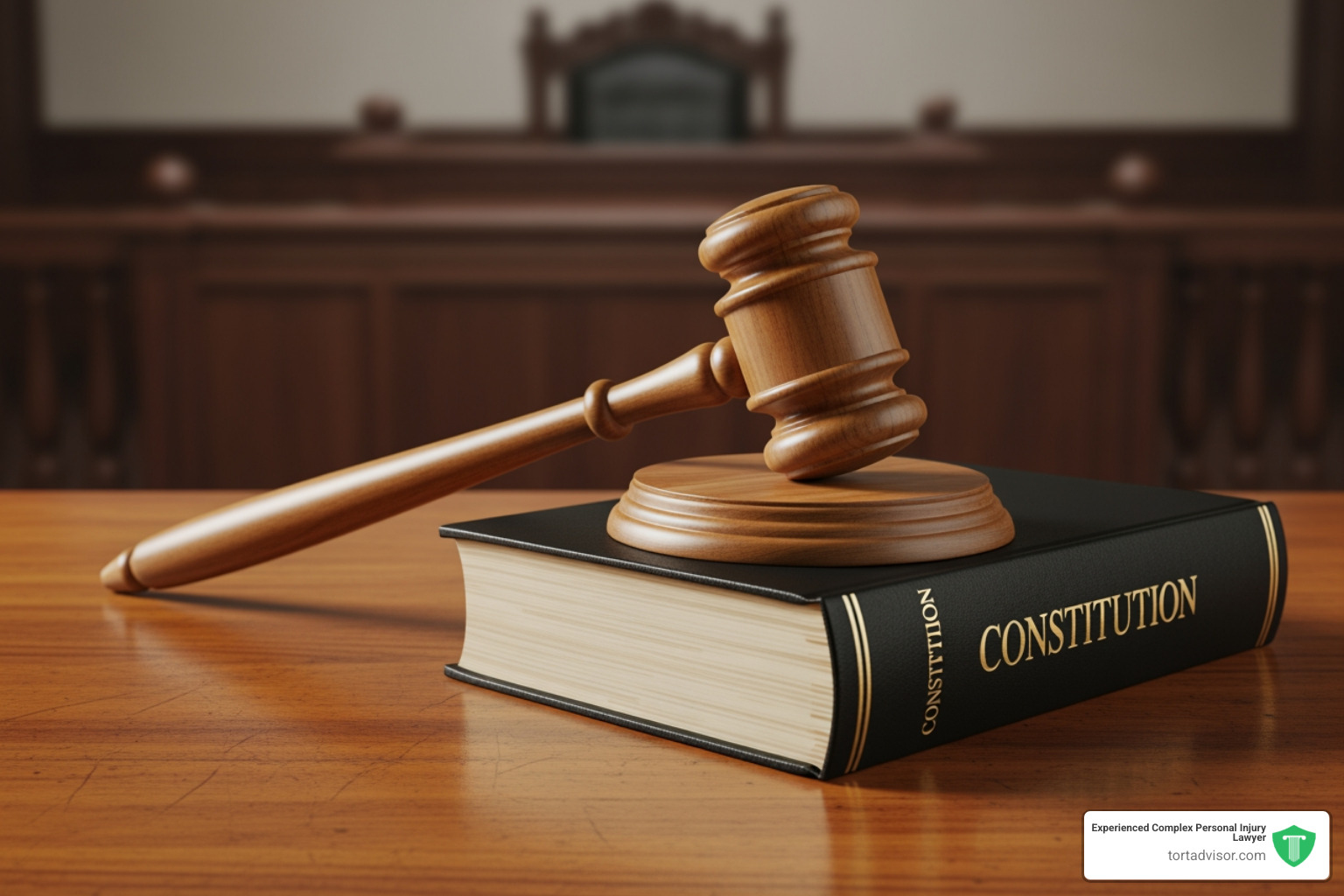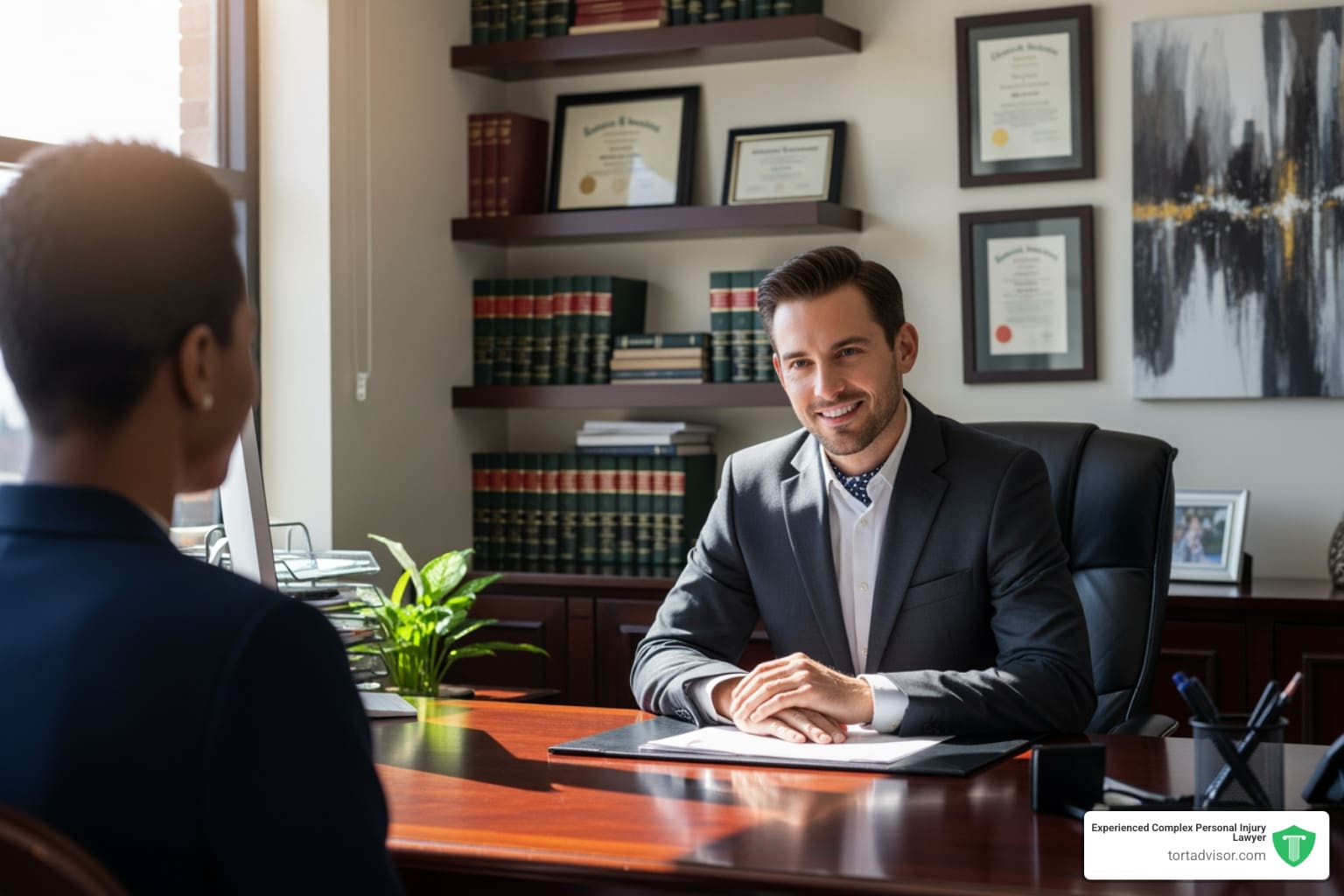


The Hidden Crisis Behind Every Ride
Uber sexual assault cases represent a staggering safety crisis in the modern transportation industry. Between 2017 and 2022, internal Uber data revealed 400,181 reports of sexual assault or misconduct in the U.S.—averaging one report every eight minutes. Yet the company had only publicly disclosed 12,522 “serious” incidents during that time, leaving the vast majority of reports hidden from public view.
Key Facts About Uber Sexual Assault Cases:
- 400,181 total reports of sexual assault or misconduct between 2017-2022
- Over 100,000 classified as “serious” incidents beyond flirting or comments
- Thousands of active federal lawsuits in Multi-District Litigation (MDL No. 3084)
- Reports occurred every 8 minutes on average during the five-year period
- First major trial verdict found Uber negligent but not liable (October 2023)
- Most incidents involve late-night rides, intoxicated passengers, and drivers with prior complaints
These numbers reveal a pattern of systemic failure. The rideshare model creates vulnerable environments by matching strangers in isolated vehicles, often late at night. Internal documents show that Uber considered key safety measures like in-car cameras but business priorities often took precedence over implementing these protections.
Survivors face significant challenges when seeking accountability. Uber’s classification of drivers as independent contractors shields the company from direct liability, and lawsuits allege inadequate driver screening, failure to act on warning signs, and prioritizing growth over passenger safety.
I’m Mason Arnao, and I’ve researched uber sexual assault cases to understand how technology platforms balance growth with user safety. This guide explains the scope of this crisis, the legal options for survivors, and the ongoing litigation against Uber.
Uber sexual assault cases definitions:
- uber sexual assault attorney
- uber sexual assault lawsuits
The Alarming Scale: A Look at the Numbers
The numbers behind uber sexual assault cases tell a story that’s hard to ignore. Between 2017 and 2022, Uber received 400,181 reports of sexual assault or sexual misconduct in the United States. That’s one report approximately every eight minutes for five years straight.
Court documents filed in the ongoing federal litigation first brought these internal figures to light, painting a dramatically different picture than what the public had seen. Uber had previously disclosed only 12,522 “serious” incidents in its safety reports, but the internal data revealed a much larger crisis.
Of the 400,181 reports, about three-quarters were categorized as “less serious,”—such as inappropriate comments or unwanted flirting. While these experiences are violating, setting them aside still leaves over 100,000 serious reports that were not part of Uber’s public disclosures.
These serious incidents include the five most severe categories of sexual assault: rape, attempted rape, non-consensual touching of sexual body parts, non-consensual kissing, and coerced sexual acts. Each report represents a person who experienced trauma during what should have been a simple ride.
Uber’s Counter-Narrative
Uber argues that more than 99.9% of trips end without any issue. With 6.3 billion U.S. trips during those five years, the 400,181 reports represent just 0.006% of total trips. The most serious reports are even rarer—about 0.00002%, or 1 in 5 million trips.
In its latest U.S. Safety Report, Uber documented 2,717 reports of sexual assault during trips in 2021-2022. The company highlights a 44% drop in serious sexual assault reports between 2017 and 2022, which it attributes to safety investments. While statistically rare, for survivors and their families, one assault is one too many. The sheer volume of reports suggests a systemic issue, not just a few bad actors.
How Incidents Are Categorized
Understanding how uber sexual assault cases are categorized reveals the gap between public and internal data. Uber developed a system with 21 distinct categories of sexual misconduct but only publicly reports on the 5 most serious categories.
The other 16 categories—deemed “less serious”—include inappropriate comments, unwanted flirting, and prolonged staring. While Uber frames these as less severe, many survivors describe them as deeply unsettling experiences. This classification system means the public numbers don’t reflect the full scope of safety issues on the platform. You can learn more about different types of rideshare incidents on our Rideshare Category page.
Systemic Failures and Corporate Accountability
The rideshare model itself creates safety risks. An algorithm matches strangers for a trip in an isolated, private vehicle—often late at night when passengers may be intoxicated. A Government Accountability Office (GAO) report on ridesharing highlighted the lack of consistent data collection, making it difficult to fully grasp the scope of uber sexual assault cases and hold companies accountable. This “vulnerable environment” requires extraordinary precautions, but internal records suggest business priorities often came first.
Delayed and Abandoned Safety Measures
Uber’s own experts developed tools that could have reduced assaults, but many were delayed or never fully implemented. The pattern suggests a conflict between safety and business considerations.
Matching women with women drivers was explored to make women and nonbinary riders feel safer. Uber eventually launched a pilot program, “Women+ Connect,” but the rollout was slow.
Mandatory in-car cameras could deter misconduct and provide crucial evidence. However, requiring cameras could strengthen arguments that drivers are employees, not independent contractors—a reclassification that would be extremely costly for Uber.
High-risk matching algorithms like Safety Risk Assessed Dispatch (S-RAD) were developed to identify potentially dangerous pairings. While Uber implemented S-RAD and claims it reduced assault reports by 10%, more aggressive proposals were reportedly limited.
The recurring theme is that safety innovations faced obstacles when they conflicted with business goals. For survivors of uber sexual assault cases, these delays represent missed opportunities to prevent their trauma.
The Independent Contractor Loophole
Perhaps the biggest barrier to accountability is Uber’s classification of its drivers as independent contractors. This allows Uber to position itself as a technology platform, not a transportation provider, shifting responsibility for drivers’ actions onto the drivers themselves.
This classification has profound legal implications. When drivers are contractors, Uber argues it is not directly responsible for their conduct. This defense has been central to Uber’s strategy in fighting liability claims. Furthermore, requiring comprehensive training or mandatory safety equipment could risk reclassifying drivers as employees. This would fundamentally change Uber’s business model, forcing it to provide benefits and accept greater liability.
Uber also historically used mandatory arbitration agreements to force disputes to be handled privately. After significant public pressure, Uber waived this requirement for sexual misconduct claims, allowing survivors to file lawsuits. However, the original policy kept many incidents hidden from public view. These legal strategies show how corporate structure can be used to distance a company from accountability. Our Uber Sexual Assault Lawsuits Guide provides more detail on how these arguments play out in court.
The Legal Battleground of Uber Sexual Assault Cases
The sheer volume of uber sexual assault cases has led to a complex legal battle, with thousands of survivors seeking to hold Uber accountable for allegedly failing to protect its passengers.
At the heart of these lawsuits are allegations of negligence. Survivors argue that Uber’s background checks, which rely on name-based screenings, are less rigorous than the fingerprint-based FBI checks used by traditional taxi services. In Maryland, for example, nearly 15% of drivers who passed Uber’s check failed the state’s more comprehensive screening.
Lawsuits also claim Uber failed to act on warning signs. Internal documents suggest the company once required multiple sexual assault complaints before deactivating a driver, putting subsequent passengers at risk. Plaintiffs also point to insufficient safety features, arguing that measures like mandatory in-car cameras were delayed or abandoned to prioritize profit over safety.
Finally, there are allegations that Uber lacked transparency and support for survivors, sometimes downplaying or concealing reports to protect its reputation.
Understanding the Uber Sexual Assault MDL
In response to the flood of lawsuits, the legal system created a Multi-District Litigation (MDL). Thousands of cases are now pending in The Uber Technologies, Passenger Sexual Assault Litigation MDL No. 3084 in the Northern District of California, overseen by Judge Charles Breyer.
An MDL is not a class action. It consolidates individual lawsuits for pretrial proceedings like findy and motions to improve efficiency. However, each plaintiff retains their individual claim and can seek compensation based on their unique experience. This structure allows survivors to pursue justice for what happened to them specifically. In addition to the federal MDL, hundreds of other cases are proceeding in California’s state court system.
The First Trial and Its Implications
In October 2023, the first state-level trial over uber sexual assault cases reached a verdict in San Francisco. The jury found that Uber had been negligent in its failure to implement adequate safety measures. This was a significant finding, confirming that Uber’s practices fell short.
However, the jury also found that Uber’s negligence was not a “substantial factor” in causing the plaintiff’s assault in that specific case. Because of this, the jury found Uber not liable for damages. While not a complete victory for plaintiffs, the finding of negligence is a crucial acknowledgment that will likely shape future trials and settlement negotiations. The first bellwether trials in the federal MDL are expected to begin in 2025, and they will further test the legal arguments on both sides. For more information, visit our Uber Sexual Assault Lawsuits Guide.
Seeking Justice: Legal Options for Survivors
If you experienced sexual assault during an Uber ride, you have options, and you deserve justice. Understanding your legal rights is the first step toward holding those responsible accountable.
Immediate Steps
The moments after an assault are critical. If you can, take these steps to protect your well-being and preserve your legal options.
- Prioritize Your Safety: Get to a secure place like home, a friend’s house, or a hospital.
- Seek Medical Attention: A medical exam can document evidence and address health concerns, even if you don’t feel physically injured.
- Report to Law Enforcement: A police report creates an official record and opens a criminal investigation. This can be an empowering step that may also prevent future assaults.
- Preserve Evidence: Take screenshots of your Uber trip details (driver’s name, car, license plate). Save any messages with the driver. Write down everything you remember. For more guidance, see our FAQ: What evidence do I need to prove my case?
- Report to Uber: Report the incident through the app. This creates another record and may get the driver off the platform.
Filing a Civil Lawsuit
You have the right to file a civil lawsuit to seek compensation for the harm you’ve suffered. It’s important to be aware of the statute of limitations, a legal deadline for filing. However, many states recognize the findy rule for sexual assault cases. This means the deadline may start from when you understood the trauma’s impact, not the date of the assault, giving you time to process what happened.
An experienced attorney can help you understand your state’s specific laws. A common question is: Can I sue the institution as well as the abuser? The answer is typically yes. Civil lawsuits usually target Uber itself for corporate negligence, such as inadequate background checks or failure to act on prior complaints.
Potential Compensation for Survivors
Compensation in uber sexual assault cases aims to help you rebuild your life. No amount of money can undo the trauma, but it can provide critical support.
- Economic damages cover financial losses like medical bills, therapy costs, and lost wages.
- Non-economic damages address intangible suffering, including physical and emotional pain, PTSD, anxiety, and loss of enjoyment of life.
- Punitive damages may be awarded in some cases to punish Uber for particularly reckless conduct and deter future negligence.
The compensation you might receive depends on the specifics of your case. Our Rideshare Settlement Calculator can offer a preliminary estimate, but every case is unique. For a general overview, see What kind of compensation could victims receive?
A specialized attorney can evaluate your situation and provide a realistic assessment. Connecting with the right legal expert is a crucial step.
Frequently Asked Questions about Uber Sexual Assault Cases
How many sexual assault lawsuits is Uber facing?
As of early 2024, Uber is facing thousands of legal claims nationwide. This includes thousands of federal cases consolidated in the Multi-District Litigation (MDL No. 3084) and approximately 600 additional cases in California’s state court system. These numbers continue to grow as more survivors come forward. The MDL process allows each plaintiff to maintain an individual claim while benefiting from coordinated pretrial work, which helps level the playing field against a large corporation. Our Uber Sexual Assault Attorney Guide offers more detailed information.
Can I sue Uber if a driver assaulted me?
Yes, you can sue Uber. While the driver may face criminal charges, a civil lawsuit typically targets Uber for negligence. Lawsuits allege that the company’s inadequate background checks, failure to act on complaints, and lack of safety features created the conditions for the assault to occur. Uber often defends itself by classifying drivers as independent contractors, but courts have allowed cases to proceed against the company. Importantly, you do not need a criminal conviction to file a civil claim, as the burden of proof is different. See our FAQ for more: Can I still pursue a claim if my abuser was never criminally charged?
What kind of compensation can I receive in an Uber sexual assault lawsuit?
In uber sexual assault cases, survivors can seek compensation for the full scope of harm they’ve endured. This is divided into several categories:
- Economic Damages: Covers financial losses, including past and future medical bills (therapy, etc.), and lost wages or earning capacity.
- Non-Economic Damages: Compensates for intangible suffering like physical pain, emotional distress, PTSD, anxiety, and loss of enjoyment of life.
- Punitive Damages: In cases of extreme negligence, courts may award these damages to punish the company and deter future misconduct.
The final amount depends on the severity of the assault, its impact on your life, and the laws in your state. Our Rideshare Settlement Calculator can provide an estimate, but consulting an attorney is the best way to understand your specific case. For a general overview, see our FAQ: What kind of compensation could victims receive?
Conclusion: Demanding Accountability and Finding Support
The crisis of uber sexual assault cases is about real people whose lives have been profoundly altered by trauma. Behind every statistic and lawsuit is a survivor who deserves to be heard and supported.
This guide has explored how the rideshare model creates vulnerabilities and how corporate decisions have sometimes prioritized growth over safety. With over 400,000 internal reports of misconduct revealed between 2017 and 2022, the scale of the problem is immense. The ongoing litigation, involving thousands of cases, represents a collective demand for accountability.
Meaningful change requires transparency, robust safety measures, and a corporate culture that prioritizes human well-being. Survivors who come forward are not just seeking justice for themselves—they are helping to create a safer future for everyone.
If you have experienced sexual assault during an Uber ride, you are not alone. Finding the right legal representation is a critical step, and Tort Advisor is here to help. We connect survivors with experienced attorneys who specialize in uber sexual assault cases and have a proven track record of fighting for their clients.
Our network includes top-rated attorneys in all 50 states and the District of Columbia. We can connect you with a legal expert who understands your state’s laws and will handle your claim with the sensitivity and dedication you deserve.
Taking legal action is a powerful step toward healing and holding corporations accountable. By pursuing your claim, you contribute to a larger movement demanding safer transportation for all.
Get connected with a specialized attorney for your Uber sexual assault lawsuit
You deserve support, justice, and compensation for what you have endured. Let us help you find the right attorney to guide you through this process.
Free Confidential Case Evaluation
Complete the short form below to get an immediate FREE case review with an expert in your specific claim. Don't wait, your case could be time sensitive to file a claim.
Related Posts
Did a North Dakota product cause harm? Understand product liability, your rights, and how to take action for defects.
Get justice for clergy abuse. Find an expert Priest abuse lawyer to navigate complex laws and hold institutions accountable.
Diagnosed with meningioma after Depo-Provera? Understand potential Depo-Provera lawsuit settlements, risks, & how to claim compensation.
Uncover the truth about uber sexual assault cases. Learn about the alarming scale, Uber's accountability, and legal options for justice.
Facing wildfire losses? Discover the best wildfire lawsuit attorneys in California to fight for your full recovery and justice.
Exposed to Roundup & diagnosed with NHL? Discover how to sue Monsanto, understand eligibility, & seek compensation. Your guide to justice.








